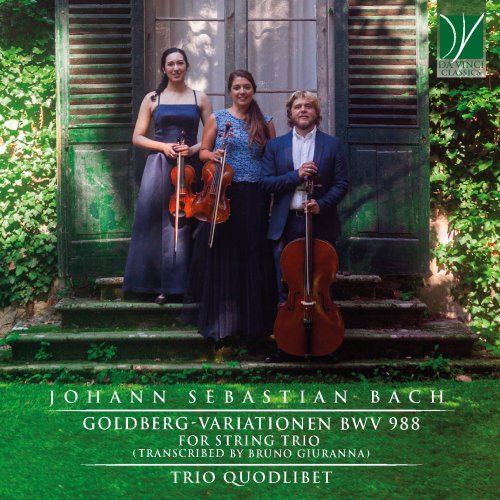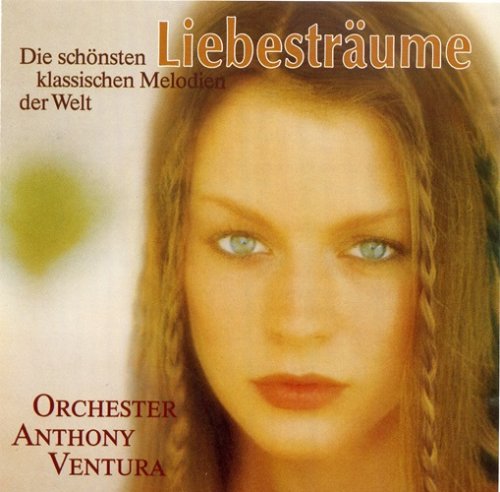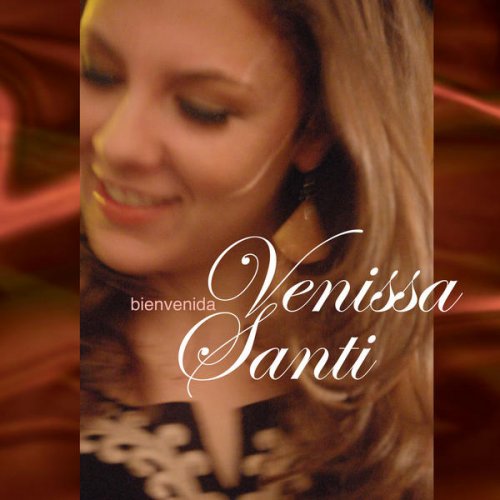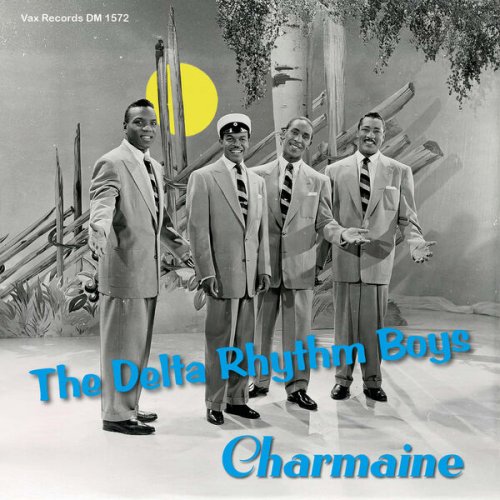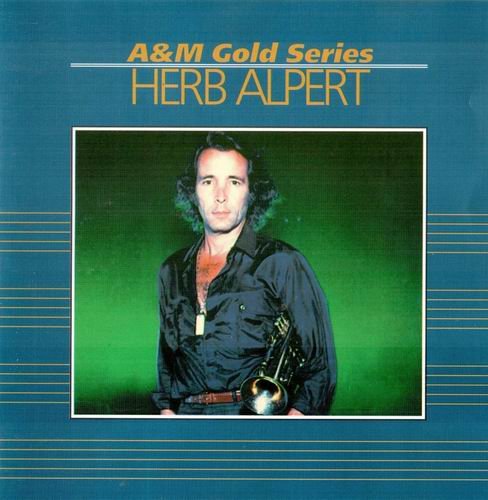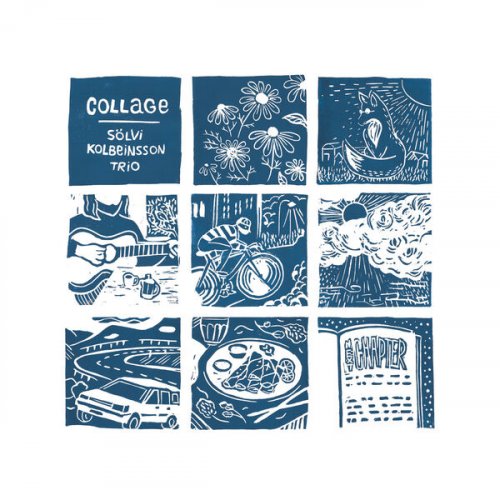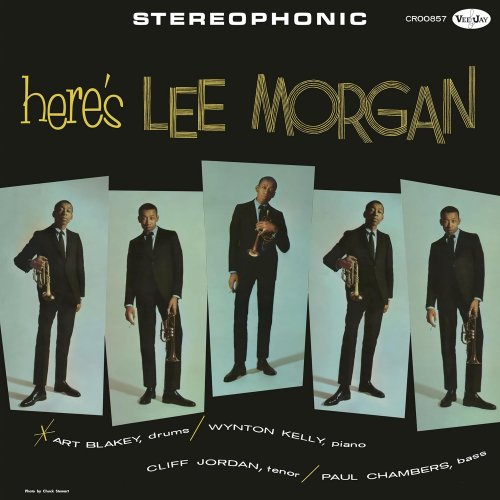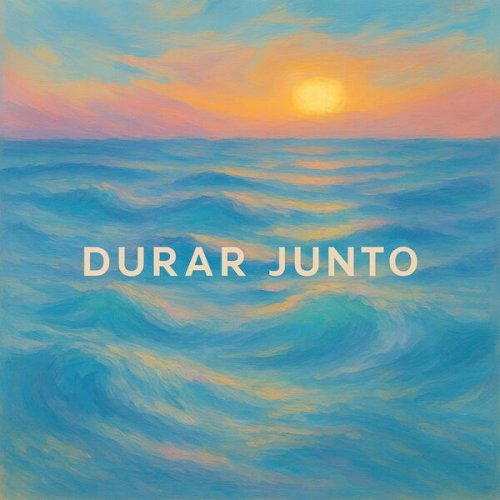Artist:
Trio Quodlibet
Title:
Bach: Goldberg-Variationen, BWV 988, for String Trio (Transcribed by Bruno Giuranna)
Year Of Release:
2021
Label:
Da Vinci Classics
Genre:
Classical
Quality:
FLAC (tracks)
Total Time: 1:17:19
Total Size: 411 MB
WebSite:
Album Preview
Tracklist:01. Goldberg Variations in G Major, BWV 988: No. 1, Aria. Andante Espressivo (For String Trio)
02. Goldberg Variations in G Major, BWV 988: No. 2, Var.1. Più Animato (For String Trio)
03. Goldberg Variations in G Major, BWV 988: No. 3, Var.2. Allegretto (For String Trio)
04. Goldberg Variations in G Major, BWV 988: No. 4, Var.3. Canone all'Unisono. Andantino (For String Trio)
05. Goldberg Variations in G Major, BWV 988: No. 5, Var.4. Energico (For String Trio)
06. Goldberg Variations in G Major, BWV 988: No. 6, Var.5. Con fuoco (For String Trio)
07. Goldberg Variations in G Major, BWV 988: No. 7, Var.6. Canone alla Seconda. Allegro (For String Trio)
08. Goldberg Variations in G Major, BWV 988: No. 8, Var.7. Allegretto scherzando (For String Trio)
09. Goldberg Variations in G Major, BWV 988: No. 9, Var.8. Allegro (For String Trio)
10. Goldberg Variations in G Major, BWV 988: No. 10, Var.9. Canone alla Terza. Moderato (For String Trio)
11. Goldberg Variations in G Major, BWV 988: No. 11, Var.10. Fughetta. Alla Breve (For String Trio)
12. Goldberg Variations in G Major, BWV 988: No. 12, Var.11. Allegro (For String Trio)
13. Goldberg Variations in G Major, BWV 988: No. 13, Var.12. Canone alla Quarta. Andante (For String Trio)
14. Goldberg Variations in G Major, BWV 988: No. 14, Var.13. Adagio (For String Trio)
15. Goldberg Variations in G Major, BWV 988: No. 15, Var.14. Con fuoco (For String Trio)
16. Goldberg Variations in G Major, BWV 988: No. 16, Var.15. Canone alla Quinta. Adagio (For String Trio)
17. Goldberg Variations in G Major, BWV 988: No. 17, Var.16. Ouverture. Maestoso – Allegretto (For String Trio)
18. Goldberg Variations in G Major, BWV 988: No. 18, Var.17. Poco allegro (For String Trio)
19. Goldberg Variations in G Major, BWV 988: No. 19, Var.18. Canone alla Sesta. Alla Breve (For String Trio)
20. Goldberg Variations in G Major, BWV 988: No. 20, Var.19. Allegretto (For String Trio)
21. Goldberg Variations in G Major, BWV 988: No. 21, Var.20. Allegro Marcato (For String Trio)
22. Goldberg Variations in G Major, BWV 988: No. 22, Var.21. Canone alla Settima (For String Trio)
23. Goldberg Variations in G Major, BWV 988: No. 23, Var.22. Alla Breve (For String Trio)
24. Goldberg Variations in G Major, BWV 988: No. 24, Var.23. Allegro (For String Trio)
25. Goldberg Variations in G Major, BWV 988: No. 25, Var.24. Canone all' Ottava. Andantino (For String Trio)
26. Goldberg Variations in G Major, BWV 988: No. 26, Var.25. Adagio espressivo (For String Trio)
27. Goldberg Variations in G Major, BWV 988: No. 27, Var.26. Allegro deciso (For String Trio)
28. Goldberg Variations in G Major, BWV 988: No. 28, Var.27. Canone alla Nona. Allegro (For String Trio)
29. Goldberg Variations in G Major, BWV 988: No. 29, Var.28. Allegretto (For String Trio)
30. Goldberg Variations in G Major, BWV 988: No. 30, Var.29. Allegro (For String Trio)
31. Goldberg Variations in G Major, BWV 988: No. 31, Var.30. Quodlibet (For String Trio)
32. Goldberg Variations in G Major, BWV 988: No. 32, Aria. Andante espressivo (For String Trio)
Johann Sebastian Bach’s Aria mit verschiedenen Veränderungen, commonly known as the “Goldberg Variations”, is one of the best-known compositions of this master of masters. This fame is well deserved, for a number of reasons – some of which are not strictly musical.
From the musical point of view, few works in music history can compete with the “Goldberg Variations” under many aspects. The first element one notices is the works’ length, which, of course, does not immediately imply quality: however, a single keyboard work with a unified concept and lasting well beyond one hour is rather uncommon, and was really exceptional at Bach’s time. Still more exceptional is that the whole cycle consists of variations on a single theme, or, more precisely, on a single bass line: different from other variations cycles, in fact, here the source of the variations is not found in the soprano part (the “tune”), but rather in the harmony-generating bass. But one element which is practically unique for the “Goldberg Variations” is their extraordinary architectural structure. Every third Variation is a canon, i.e. the strictest form of imitation codified by the polyphonic rules. And these canons follow a precise order: the first canon, i.e. Variation Three, is a canon at the unison, meaning that the two parts imitating each other perform the very same notes at a fixed interval of time. But the second canon, corresponding to Variation Six, is a canon at the second: the delay in time which constitutes the canon’s essence is matched here by a difference in pitch, as the two canonic voices begin their melody on two different notes, separated by a distance of a tone (i.e. a second, in musical terms). Thus the scheme continues: the canonic variations’ numbering corresponds to the interval at which the canon is proposed (so that the third canon is a canon at the third and so on). The two central canons, i.e. those at the fourth and at the fifth respectively, are even more complicated. Not only do they respect the time delay and the prescribed intervallic difference, but they also display a further artifice, i.e. the so called “inversion”: if the first part has an ascending tune, it will be mirrored as a descending line by the imitating part. In all cases, moreover, the two parts moving in imitation will intertwine with the bass line, grounded on the originating matrix of the Variations.
Needless to say, all of these artifices display an extreme compositional complexity. Bach was no newcomer in the field, to be sure; arguably, he enjoyed the intellectual, rational and logical challenge of creating themes capable of combining with each other in such a complex and almost supernatural fashion. What leaves the scholar dumbfounded, however, is that these artifices never sound artificial. The “Goldberg Variations” and their canons flow marvelously, enthralling the listener with their elegance, expressivity and eloquence, and never sound dry, convoluted or self-complacent.
An element of variety is also found in the variations which are not canons, and which alternate “character pieces” (such as pastorales, Fughettas, or dances) with virtuoso pieces, frequently involving hand-crossings on the keyboard. They turn the cycle into a true palette of possibilities, representing the full gamut of Baroque keyboard music and frequently transcending its boundaries.
The cycle is broken into two halves by a French Overture, which refreshes the ear and constitutes a new beginning (it also builds an ideal bridge with other French Overtures placed by Bach at analogous points of the other keyboard works constituting the Clavierübung, the collection of his keyboard works printed during his lifetime). The series closes with a Quodlibet, another extraordinary contrapuntal composition in which a number of themes, motifs and fragments are ingeniously combined with each other in an almost impossible fashion. It has been often repeated that this Quodlibet is made of tavern songs: this is imprecise at best, and erroneous at worst, since in fact most of the identified motifs have a very different origin. One of the most evident among them, actually, is a church Chorale with a text roughly translated as “What God does, is well done”.
By choosing to crown his masterpiece of a cycle with this Chorale, Bach affirms a great truth: the achievements of human creators are praiseworthy and should be pursued through struggles and labour, but the only true Creator is God himself.
After the Quodlibet, another extraordinary stroke of genius is Bach’s choice to present the Air, i.e. the original theme, one more time in its purity and simplicity. The theme was exceedingly beautiful at first hearing; but, at the end of the cycle, when it has revealed its full hidden potential and has given birth to thirty variations, it sounds simply otherworldly.
At this point, the attentive reader will have noticed that “Quodlibet” is the name of the last variation of the cycle, but also of the ensemble performing here. And, of course, no keyboard is present in this Da Vinci Classics album, except as a memory and as a suggestion. It is not by chance, naturally, that Bach’s “Goldberg Variations”, including the Quodlibet, are played by the Trio Quodlibet. This young string ensemble, founded when its members were still students at the master courses in Lugano, owes its name precisely to the final Variation of Bach’s cycle. This choice reveals two important truths about them: the first is that the intention of performing the “Goldberg Variations” was one of the motivations for their creation of the ensemble; the second is that they wished to pay homage to the plurality, multiplicity and harmonious combination of the themes found in this masterpiece of the contrapuntal writing.
Indeed, the cellist of this Trio had always wished to perform Bach’s masterpiece, and his invitation to the violinist and violist to join him in a chamber ensemble focused primarily on the possibility of playing a transcription of the “Goldberg Variations” with them. Of course, this felicitous invitation led the musicians to establish a true ensemble, whose repertoire extends well beyond the “Goldberg Variations” and whose cooperation and friendship lasts since many years. Notwithstanding this, the “Goldberg Variations” have become a signature piece for its members, and have contributed to establishing their – by now – international fame. The choice of playing such an iconic work of the keyboard repertoire on string instruments may seem odd at first; the game of hand-crossings, and the utter virtuosity of many passages seem to be bound to the structure of the original instrument. This is not perforce the case, however; indeed, the “Goldberg Variations” are also played by many pianists, who commonly perform them on the single keyboard of their instrument, whose technical features and whose timbre differ radically from those of the harpsichord for which the Variations were originally composed.
Many other transcriptions of this great cycle exist, moreover, for a variety of instruments and ensembles. There are also several different versions for the same ensemble, the string trio, and the one recorded here is one of the most appreciated. It was realized by Bruno Giuranna, a legendary Italian violist and pedagogue who carefully studied the original and who successfully attempted to respect the original scoring as closely as possible. This does not make for easy playing on the string instruments, to be sure; but the result is doubtlessly fascinating. It also testifies to the interest of Italian musicians for the “Goldberg Variations”: among Bach’s works, this is the one most frequently recorded by Italian performers (although, of course, not in this version).
The members of the Trio Quodlibet have studied this work with the transcriber himself, as well as with other concert musicians and teachers; they have decided not to imitate the timbre, idiosyncrasies and articulation of the harpsichord on their instruments, but rather to exploit the full timbral potential of the strings they play. The result is no reconstruction of Baroque sonorities, but also not a betrayal of Bach’s style: the members of the Trio have sought, and found, a difficult but fascinating balance between the modernity of their approach and a deep respect for the style of the original work.
Their performance, therefore, allows the listeners to discover new gems in the deep and dense texture of one of the best-known pieces of the keyboard literature of all times. The wonder of this music is that, after so many performances and recordings, it still has much to reveal; and the sound of the Trio Quodlibet, their intelligent performance and their sensitive interpretation certainly contribute to the revelation of these hidden treasures, and to the enjoyment of this colossal and extraordinary masterpiece.
